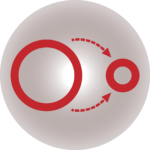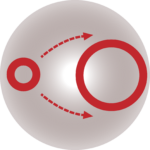
Clearly frame the conversation
The art of creating clarity at the beginning of a meeting

Summary
This pattern is about setting people at ease and giving them a sense of what they will be doing for the next few hours. Providing a frame for a meeting or conversation implies setting boundaries for what will be covered and what not.

The Problem
Meetings often start off without anybody giving a clear sense of the purpose of the meeting. This creates a sense of uneasiness – even if the atmosphere is pleasant and the welcome warm and friendly.
The discomfort is usually a result of confusion. It may not be very conscious, but there is a sense of the meeting not really being what one expected it to be. When people are confused, uncomfortable, or critical, they do not readily participate fully in the conversation or may do so with a critical or questioning tone.

The Pattern
Clearly state at the beginning of the meeting what the reason is that people are gathered together and what they can expect. Sometimes it is helpful to state what the meeting is not about, especially if you have a sense that people might have different expectations. This framing of the meeting at the start sets people at ease and helps them to focus – which in turn contributes to making the conversation more alive.
The word “frame” can refer to the kind of border one finds around a picture, or it can refer to the structure of a building. Both meanings are helpful. On the one hand, one can set boundaries for a conversation. For example: in this conversation, we will explore the issue of deforestation and deepen our understanding, but we will not be making any decisions at this point. A frame – as in a framework – is also relevant. Providing a clear statement of the structure of the meeting provides certainty even if the outcome is unclear.
For example, we will gather all the views on littering in the suburb for an hour, then we will take a break and after that, we will brainstorm possible solutions.
This kind of frame relates to the structure of the meeting, but it also gives information on the purpose of each section.

The Context
This pattern can be used when you are planning a meeting and wish to provide the participants with a clear understanding of what the meeting is about.


More
This pattern was inspired by watching a skilled facilitator, Klara Sucher, lead a meeting during the Lift Project.

